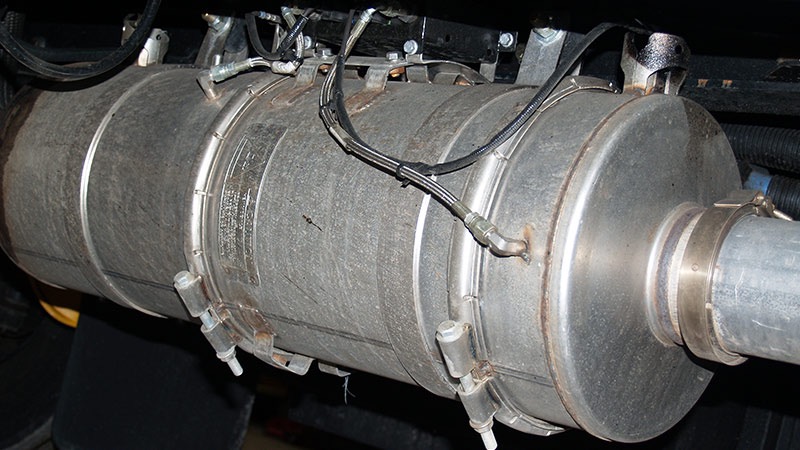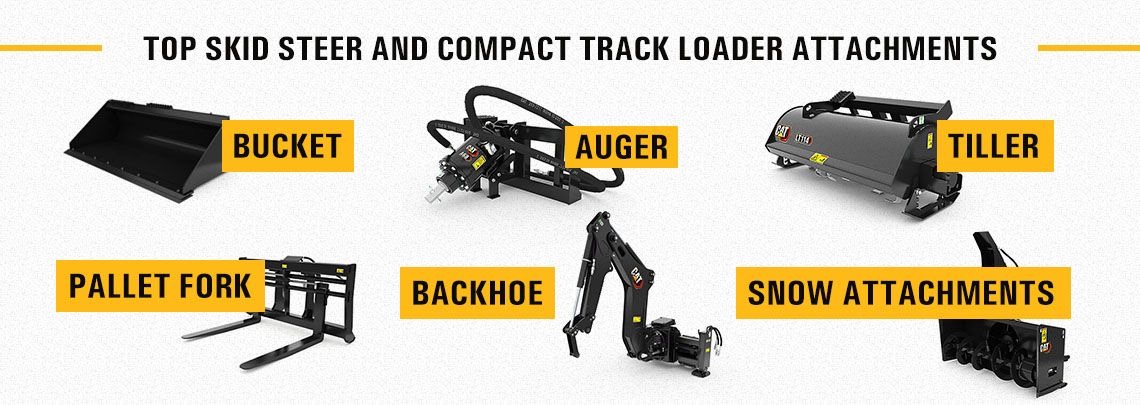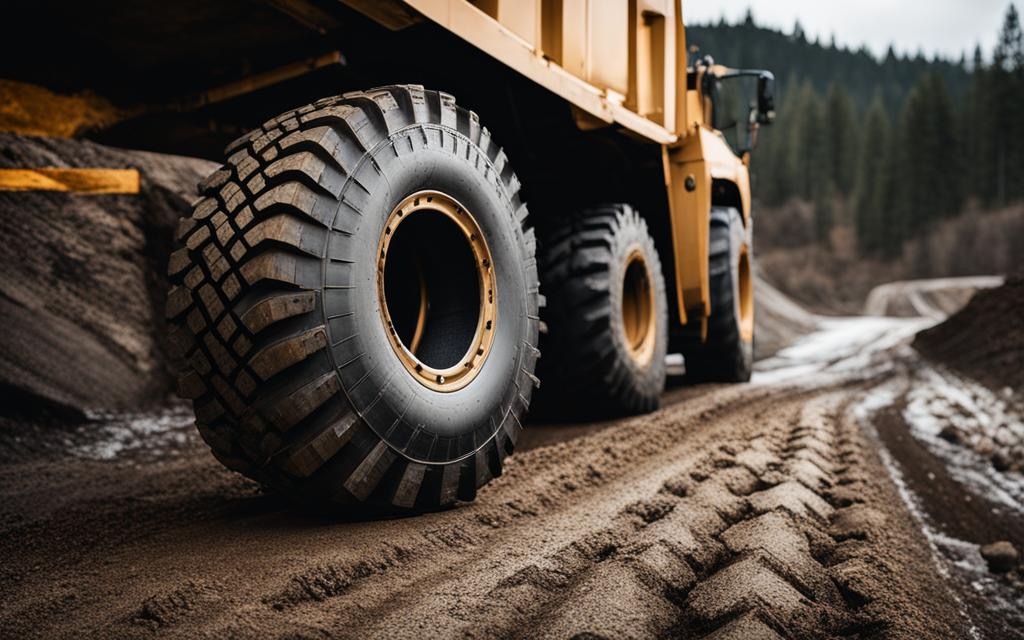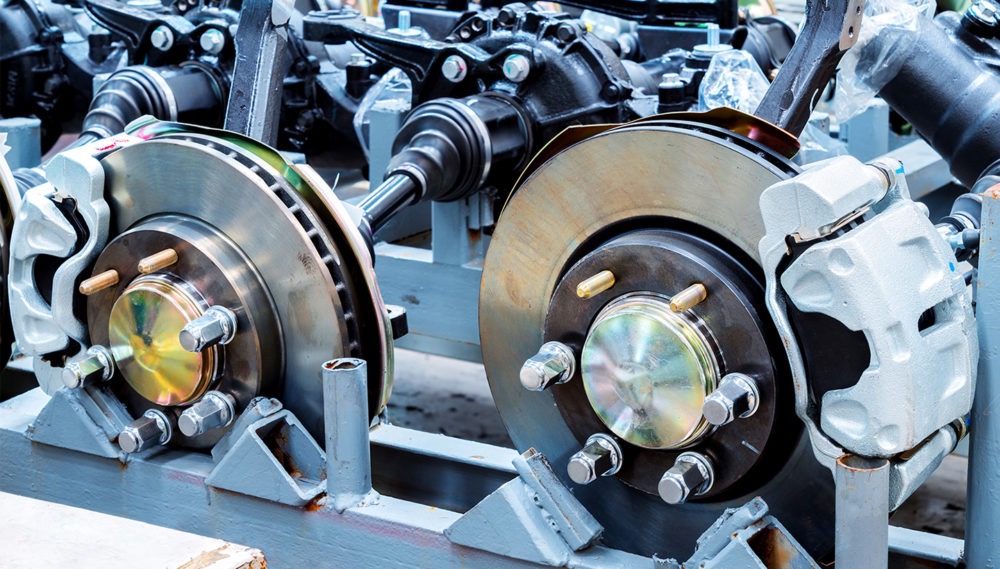
— August 13, 2025

This blog explores 10 types of excavator buckets—from general-purpose to tilting and clamshell—designed to improve productivity and reduce wear in excavation machines. Whether you operate a JCB excavator, Tata Hitachi excavator, or CAT excavator, using the right bucket enhances fuel efficiency and reduces costs. Ideal for hydraulic excavator users across mining, utility, and construction sectors in India.
Have you ever wondered what makes an excavator so efficient? It’s the attachment that doubles its value by increasing its efficiency and productivity. The attachments of an excavator play a pivotal role in determining the efficiency and performance in operations like excavation, mining, and construction projects. Among these attachments are buckets, which are very useful for an excavator. These excavator buckets are designed to handle various materials, from loose soil and sand to hard rock and heavy debris. The right bucket choice significantly improves productivity, reduces wear and tear on the excavator, and minimizes fuel consumption, ultimately reducing operational costs and increasing uptime.
Specialized buckets are designed for different project types, which gives the best results. A general-purpose bucket enables day-to-day excavating, whereas heavy-duty and rock buckets are key for handling tough and abrasive materials. Trenching buckets, for example, allow precise digging in preparation for pipeline installations; tilting buckets improve grading. Using the proper bucket not only eases operation but also reduces downtime and overall boosts project efficiency.
In this blog, we will explore 10 types of excavator buckets, their unique features, and how they benefit specific construction and excavation tasks. Whether you are in road construction, landscaping, mining, or utility installation, knowing the types of these buckets available will help maximize your machine’s performance and efficiency.
Choosing the right excavator bucket will not only enhance the productivity, it will also affect the performance, cost, and safety of any construction or earthmoving operation. A bucket is designed specifically for various types of application, whether it is digging soft soil with a general-purpose bucket or getting through frozen ground with a frost bucket. By choosing a bucket appropriate to the material in question and the task involved, productivity can be vastly improved through a reduction in the time and energy taken to complete jobs.
In the end, proper bucket choice results in reduced wear and tear for the equipment, enhanced fuel efficiency, and minimized chances of damage or wear and tear. For example, a rock bucket with reinforced edges will perform better in abrasive conditions and will not suffer premature damage, while a tilting bucket will ensure accuracy in grading and, therefore, reduce the need for rework. The various benefits will combine to decrease operating costs.
The right bucket will also ensure job site safety during operation. A bucket that is used for inappropriate materials and conditions is likely to generate mechanical problems, causing equipment failure or resulting in accidents on site. Hence, such factors as material type, the magnitude of the project, and the compatibility of the excavator must be contemplated by operators as well as project managers. A capital investment in specialized buckets and their use will not only lead to the optimum performance of the task but will also enhance the longevity of the machinery, embracing a smarter, safer, and more sustainable operation.

What is a diesel particulate filter and how do you maintain it?
December 26, 2025

Compact track loader attachments: a guide to unlock your machine’s full capabilities
December 26, 2025

Heavy equipment tire wear and what it can reveal about your machine
December 25, 2025

Heavy equipment brake systems: why regular inspections are crucial
December 25, 2025